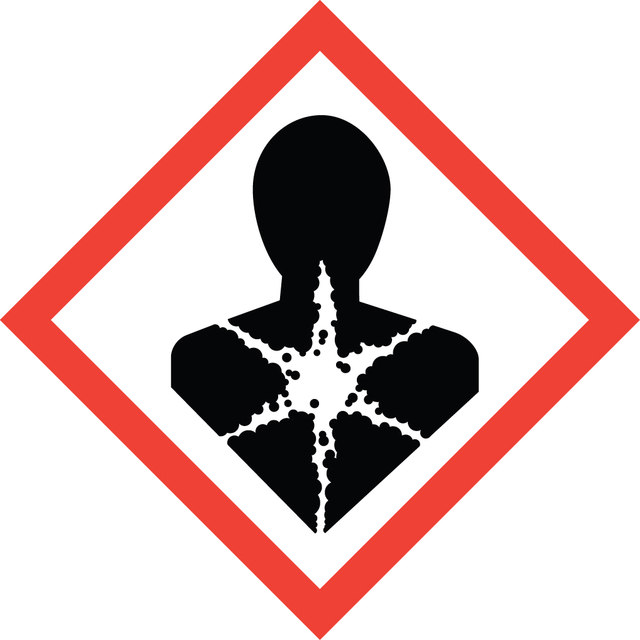产品线
Duolink®
质量水平
技术
proximity ligation assay: suitable
荧光
λex 554 nm; λem 576 nm (Cyanine 3; Zeiss Filter set 20)
适用性
suitable for fluorescence
运输
dry ice
储存温度
−20°C
应用
按照 Duolink® 原位荧光方案使用本产品。还提供了一套简短的指导。
访问我们的 Duolink® PLA 资源中心,了解有关如何运行 Duolink® 实验、应用程序、故障排除等的信息。
要进行完整的 Duolink® PLA 原位实验,您需要识别两个目标表位的两种一抗(PLA、IHC、ICC或 IF 验证)。其他必需的试剂包括来自不同物种的一对 PLA 探针(一个 PLUS 和一个 MINUS),检测试剂、洗涤缓冲液和封固剂。请注意,一抗必须来自与 Duolink® PLA 探针相同的物种。使用标准免疫荧光检测设备进行分析。
特异性
橙色荧光检测试剂常用于 Cyanine 3 过滤器。
应用说明
需要在不同物种中产生两种一级抗体。在标准免疫荧光(IF)、免疫组织化学(IHC)或免疫细胞化学(ICC)测定中测试您的一抗(IgG 类、单克隆或多克隆),以确定最佳的固定、阻断和滴度条件。Duolink ®原位试剂适用于固定细胞、细胞离心涂片细胞、载玻片上生长的细胞、福尔马林固定、石蜡包埋(FFPE)或组织(新鲜或冷冻)。不需要最小数量的细胞。
让我们为您完成工作,了解有关我们的定制服务计划的更多信息,以加速您的 Duolink® 计划
查看完整的 Duolink® 产品列表
橙色荧光检测通常是采用花青素3滤光片。
应用说明
需要来自不同物种的两种一抗。在标准免疫荧光(IF)、免疫组织化学(IHC)或免疫细胞化学(ICC)检测中测试您的一抗(IgG类,单克隆或多克隆),以确定最佳的固定、封闭和滴度条件。Duolink® 原位试剂适用于固定的细胞、离心涂片细胞、载玻片上生长的细胞、福尔马林固定或石蜡包埋(FFPE)的组织(新鲜或冷冻)。无最小细胞数量要求。
让我们为您完成相关工作,了解更多关于我们定制服务计划的相关信息,以加速您的Duolink®项目
查看完整的Duolink®产品列表
特点和优势
- 不需要过表达或遗传操作
- 特异性高(假阳性较少)
- 由于滚环扩增导致的单分子灵敏度
- 相对量化可能
- 无需特殊设备
- 比 FRET 更快更简单
- 与 co-IP 相比提高了准确性
- 出版准备好的结果
其他说明
- 5x 连接 - 包含与 PLA 探针杂交的寡核苷酸和除连接酶外的连接所需的所有组分
- 1x 连接酶(1 单位/μLL)
- 1x 聚合酶(10 单位/μL)
- 5x Amplification Orange - 包含滚环扩增(RCA)所需的所有组分,聚合酶除外。它还含有用荧光团标记的寡核苷酸探针,其与 RCA 产物杂交。
检测套件不包括:
一抗、PLA 探针、洗涤缓冲液、封固剂
法律信息
警示用语:
Danger
危险声明
预防措施声明
危险分类
Resp. Sens. 1
储存分类代码
10 - Combustible liquids
法规信息
商品
Support information including tips and tricks, frequently asked questions, and basic troubleshooting.
Learn how Proximity Ligation Assay technology works and how the protein-protein interaction control kit can confirm in situ detection of EGF-induced EGFR-HER2 dimerization.
Things to consider for preparation, setup and execution of the Duolink® assay protocol
本实验方案描述了Duolink® PLA试剂用于组织和细胞样品中个体蛋白质、蛋白质修饰和蛋白质相互作用的免疫荧光检测、可视化和定量。
实验方案
This protocol describes how to perform immunofluorescent detection of proteins in cells and tissue.
This page details the Duolink® In Situ Short Protocol for fluorescence detection
本页详细介绍了Duolink®原位精简实验方案
相关内容
Applications to detect, quantify and visualize protein-protein interactions, post-translational modifications and low expression protein detection using proximity ligation assay
View an automated protocol for Duolink® assays on the AAW™ automated assay workstation and see results comparing manual vs automated runs.
利用邻位连接技术对蛋白质互作、翻译后修饰和低表达蛋白进行检测、定量和成像应用。
我们的科学家团队拥有各种研究领域经验,包括生命科学、材料科学、化学合成、色谱、分析及许多其他领域.
联系客户支持